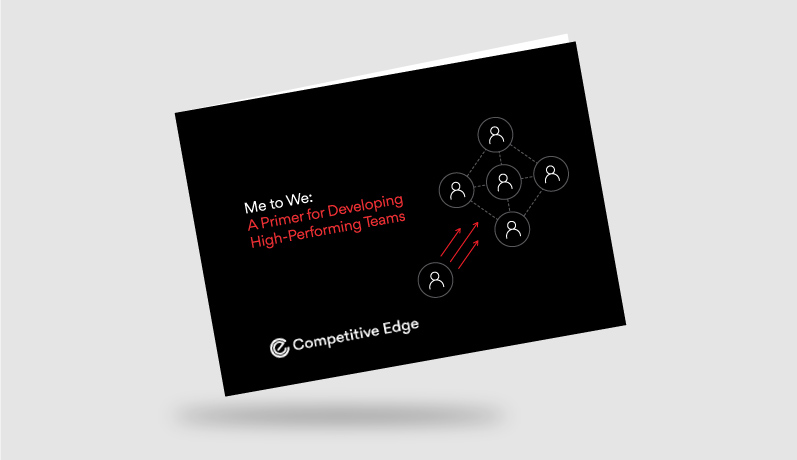In today’s modern business, the interplay between diversity and culture has become a focal point for organisations striving for innovation, growth and sustainability. While diversity brings the benefits of different perspectives and experiences, culture is the foundation upon which businesses operate. Balancing these two elements is crucial but complex, as it requires careful navigation to harness the benefits of diversity without compromising organisational culture.
Integrating diversity into your organisational culture presents both opportunities and challenges. While diversity can fuel creativity and problem-solving by bringing together individuals with varied backgrounds and viewpoints, it can also disrupt the existing dynamics of a high-performance culture. The key lies in aligning diversity initiatives with your organisation’s core values and objectives while avoiding tokenism or superficial agendas.
Culture encompasses the shared norms, values, and behaviours that define how things are done within your organisation. It does not stand still but evolves, shaped by leadership, employee interactions, and external influences, such as changing customer demands.
Diversity refers to the range of differences among individuals, including gender, age, ethnicity and cognitive styles. It is not merely about representation but about fostering inclusion and leveraging diverse perspectives for collective success.
However, it’s essential to clarify what culture and diversity are not. It’s an oversimplification to state that culture is synonymous with tradition or rigid adherence to outdated practices, nor is diversity about token representation or ticking boxes. Both concepts require a nuanced understanding to realise their full potential in driving organisational effectiveness.
Achieving harmony between culture and diversity requires a delicate balance. Key concepts such as unity in diversity, fostering inclusivity, promoting empathy and embracing servant leadership principles can provide valuable guidance. Prioritising your organisation’s mission, goals and values over superficial initiatives ensures that diversity complements rather than undermines the organisational culture.
A carefully thought-out strategic talent strategy is the roadmap for integrating culture and diversity across all stages of the employee lifecycle. It reflects your commitment to cultivating a culture of unity, shared purpose, and high performance.
Your organisation can ensure that diversity complements rather than undermines your culture by carefully considering each phase:
- Attraction
- Sourcing
- Onboarding and Transition
- Learning and Development
- Performance Management
- Talent Reviews
- Rewards and Recognition
- Succession and Retention
For example, when looking to attract and source talent, it’s important to consider the ‘why’ as well as the ‘how’ you go about it. It’s not about ticking boxes but leveraging differences to drive innovation and achieve collective goals.
Successful integration of diversity and culture is challenging but essential for businesses seeking long-term success in today’s dynamic commercial landscape. Aligning diversity with the foundational principles of your organisational culture means you can create an environment where everyone feels valued, respected and empowered to contribute their unique perspectives to achieving shared objectives.

